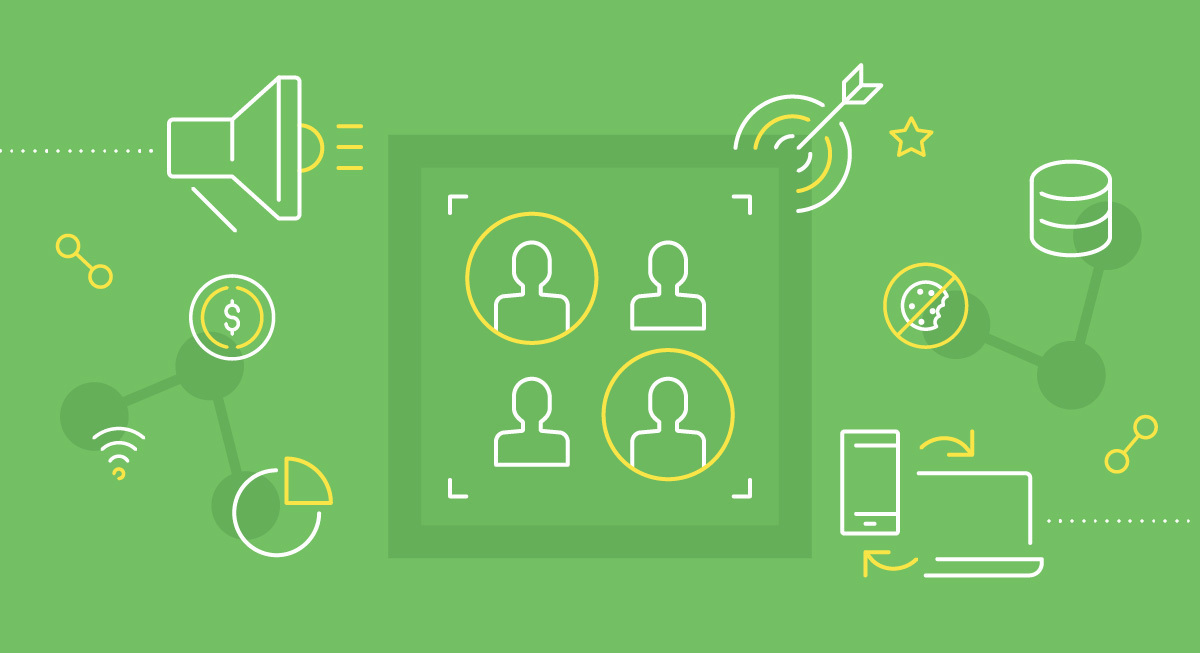What if you could reach your ideal audience with the messages most likely to resonate with them? Consistently. And cost effectively.
While there’s nothing new about these goals of effective audience segmentation and targeting, one thing has changed significantly: your ability to achieve them.
Thanks to tech innovations that we’ve helped pioneer, it’s possible to pull together information about a single user from multiple sources. Thereby enabling you to segment and target more intelligently than ever – across both online and offline channels.
You can focus campaigns on those most likely to convert. And offer your target audience the most relevant omni-channel customer experiences.
Here’s a taste of how to get your audience segmentation and audience targeting strategy spot on.
Audience segmentation: The opportunities and obstacles
While the ability to segment intelligently has never been greater, the same is true of the challenges.
There’s tech fragmentation: 6,500 martech offerings – and counting.
Organisational fragmentation: all those silos that develop around what should be complementary disciplines: web team, search team, UX team…
And data fragmentation: vital information about customers and prospects that comes flooding in from multiple devices and platforms.
Of all these, data fragmentation is undoubtedly the most significant barrier to accurate audience segmentation. Which stands to reason really: without a clear picture of audiences across multiple touchpoints, marketers risk building segments based on misleading data fragments.
The demands of a winning audience targeting strategy
A truly effective audience targeting strategy relies on connected data.
Specifically, it requires identity resolution – the ability to tie your own behavioural and contextual data and similar data from your partners back to real people, in a privacy-safe way.
Successful identity resolution gives you an in-depth, omni-channel view of your audience. And equips you with the insights you need to activate people-based data across all your digital touchpoints and platforms.
The payoff is enormous. You gain the ability to optimise your ROAS across social, search and offline channels – perhaps for the very first time.
The transformative impact of linking offline and online data
Data onboarding – connecting your offline customer data with your online marketing platform – is a big deal when it comes to audience segmentation and targeting.
CRM retargeting is a good example of this.
By using the data from your offline CRM system (purchase history, contract expiration dates, all that useful stuff) to retarget your customers online, you can avoid pushing acquisition deals to existing customers. (And wasting your media spend.)
What’s more, you’re far more likely to make a sale to an existing customer than a new one.
But the benefits don’t stop here. Your offline CRM is full of rich insights about buying patterns and trends that can be applied to your online segmentation and targeting.
Once your offline customer data is connected to online identifiers, you can activate all your segments in the ad platforms and DMPs where you run your campaigns.
Our relationships with large offline retailers give us access to high-quality transactional data that we use to determine the:
- Total market impact of your campaigns
- How that total market impact breaks down across individual elements of your media strategy, such as frequency, creative, ad placement, and the effect of targeting new vs. existing brand shoppers.
For example, a recent test demonstrated the value of targeting a smaller transactional audience rather than a much larger platform-native one. The difference? A hundredfold rise in ROAS from a much smaller (£10K vs. £70K) budget.
Achieving audience segmentation and targeting in a cookie-less world
At LiveRamp, we’ve built the infrastructure for an ecosystem-wide use of non-cookie, people-based identity resolution.
Our people-based technology connects multiple media sources and outcomes to a unique identity, Which you can then use to drive intelligent audience segmentation and targeting, and power analytics across complex customer journeys.
You’re fully equipped to make relevant, compelling offers by:
- Suppressing irrelevant ads.
- Modelling and targeting audiences who most resemble your high-value customers.
- Re-targeting with greater precision, based on characteristics linked to a propensity to convert.
- Creating loyalty tiers and converting low-hanging fruit.
- Personalising content and ad units to deliver exactly the right experience to each consumer.
- Effectively targeting even unknown site visitors with behaviour-based offers.
- Using geolocation and postcode targeting to personalise messages and tailor offers to consumers in a particular locality.
- Tapping into offline purchase behaviour (repeat purchases, high-value purchases) to inform online offers.
- Using purchase history, and past and present buyer behaviour to cross-sell and upsell.
To learn more about these high impact marketing moves, check out our ebook.
Or get in touch here for more on making data-driven audience segmentation and targeting work for you.
